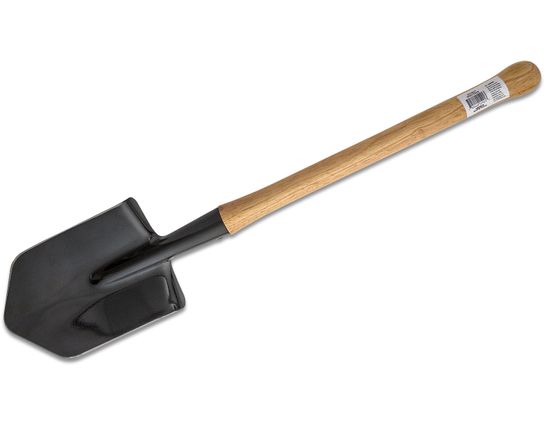Hurrul
Gold Member
- Joined
- Aug 26, 2017
- Messages
- 1,362
As both a lifelong backpacker and mountain climber, in both personal excursions and within the commercial outdoor world (guide and outdoor leadership instructor) I am a proponent of the "light is right" practice.
However, my experiences outside lead me to conclude, for knife use in the woods/mountains/deserts, that using a small handled pocket knife worked for cutting string, moleskin, tape, cord, and rope. But, sustained knife use was greatly benefited from having a larger handle. Which inherently lead me to fixed bladed edc's and neck knives.
In the outdoor guide/work setting, I describe this example: extended periods of food prep require a knife to cut, pierce, spread, and scrape. Throw into this common scenario: a late evening mountain thunderstorm, cold and wet temps, end of the day fatigue from hauling your 70lb guide pack around all day while keeping your clients healthy, safe and entertained means that in this case you end up also cooking by headlamp. Having a blade with a handle that fills the hand more than a SAK or Spyderco Lady bug (and is not as slippery as a SAK) and maybe has enough handle for you to keep your liner gloves on, is huge. It increases efficiency and safety during this example above, when one might be less mindful of their sloppy cold digits and minor dehydration headache....when you suddenly slip forward onto the blade and cut a finger, than not only are you trying to provide for others in a difficult environment but your also trying to not bleed into the pile of cheese for their burritos as you reach for the first aid kit.....
....and then, you have to manage that cut for the rest of the trip, because everyday you will be handling someones food and everyday outside means dirty hands and thus, a cut that needs maintenance.
I carried this on the job, for years - Fallkniven WM 1

Plus, fixed blades are easier to clean up, after all of the above.
I know this example is unique to a certain outdoor niche, but even now when I am just on personal trips, I cut weight everywhere else and bring a fixed blade. Usually two, because I like knives.
However, my experiences outside lead me to conclude, for knife use in the woods/mountains/deserts, that using a small handled pocket knife worked for cutting string, moleskin, tape, cord, and rope. But, sustained knife use was greatly benefited from having a larger handle. Which inherently lead me to fixed bladed edc's and neck knives.
In the outdoor guide/work setting, I describe this example: extended periods of food prep require a knife to cut, pierce, spread, and scrape. Throw into this common scenario: a late evening mountain thunderstorm, cold and wet temps, end of the day fatigue from hauling your 70lb guide pack around all day while keeping your clients healthy, safe and entertained means that in this case you end up also cooking by headlamp. Having a blade with a handle that fills the hand more than a SAK or Spyderco Lady bug (and is not as slippery as a SAK) and maybe has enough handle for you to keep your liner gloves on, is huge. It increases efficiency and safety during this example above, when one might be less mindful of their sloppy cold digits and minor dehydration headache....when you suddenly slip forward onto the blade and cut a finger, than not only are you trying to provide for others in a difficult environment but your also trying to not bleed into the pile of cheese for their burritos as you reach for the first aid kit.....
....and then, you have to manage that cut for the rest of the trip, because everyday you will be handling someones food and everyday outside means dirty hands and thus, a cut that needs maintenance.
I carried this on the job, for years - Fallkniven WM 1

Plus, fixed blades are easier to clean up, after all of the above.
I know this example is unique to a certain outdoor niche, but even now when I am just on personal trips, I cut weight everywhere else and bring a fixed blade. Usually two, because I like knives.






